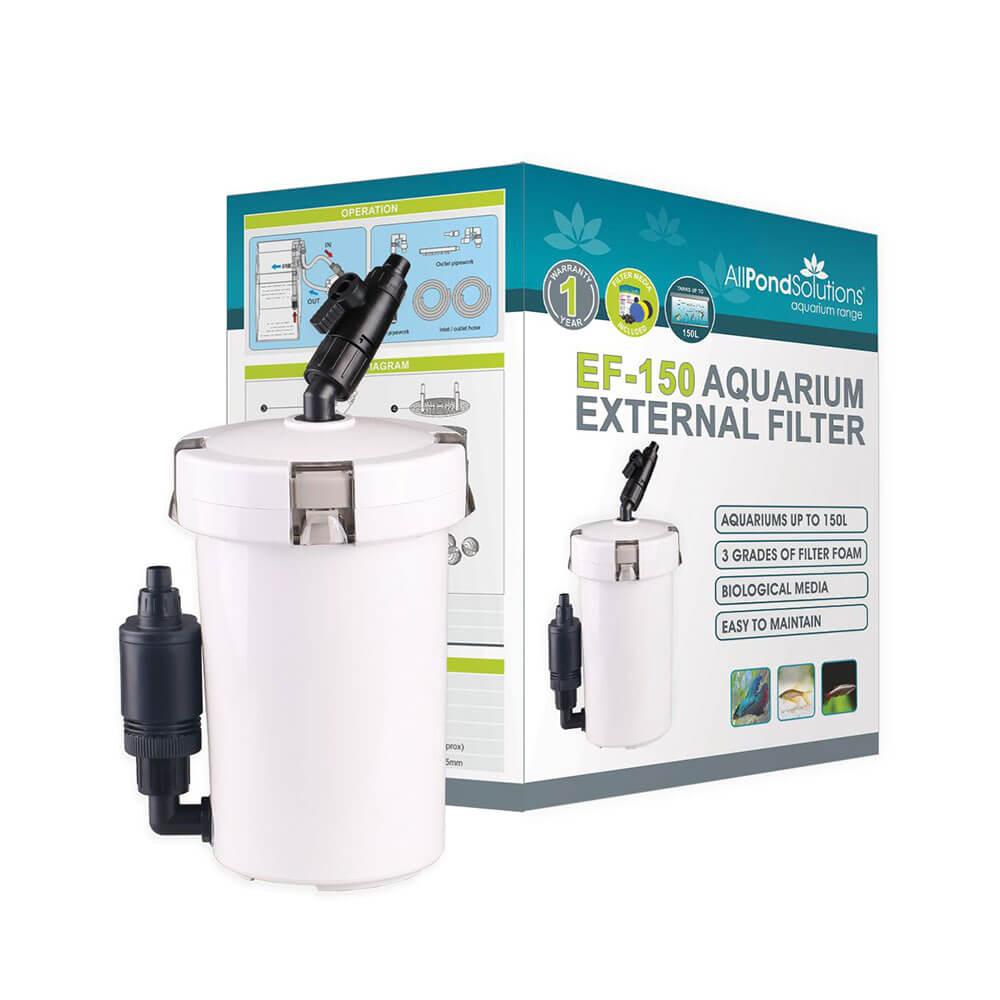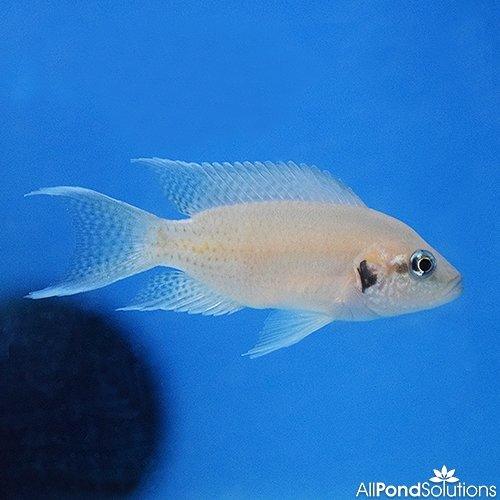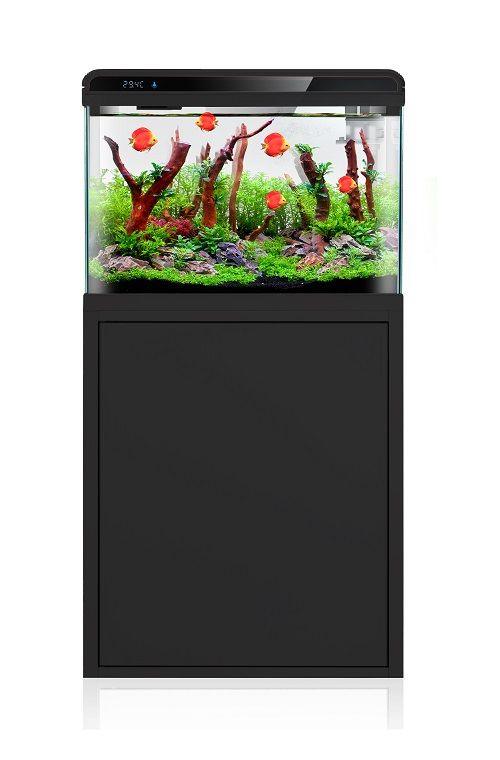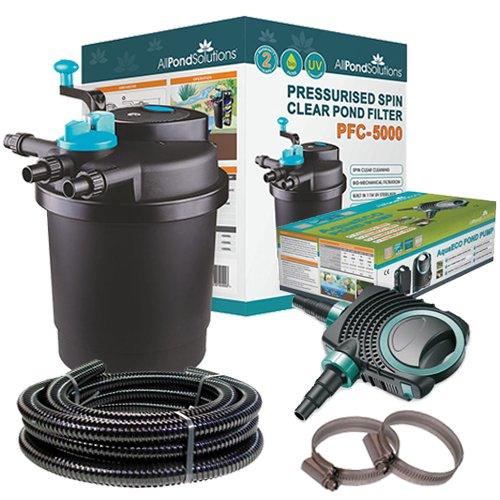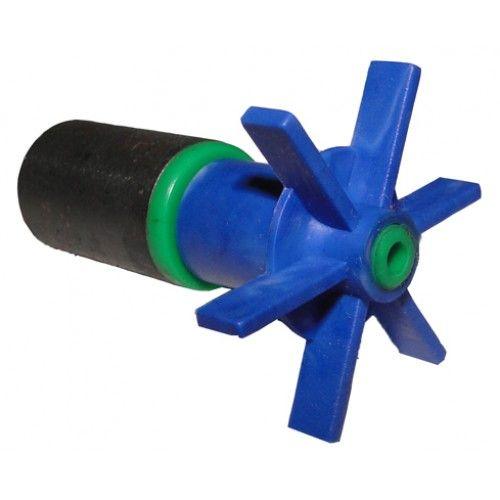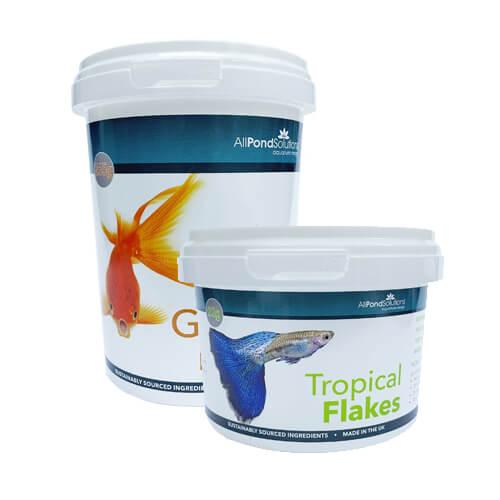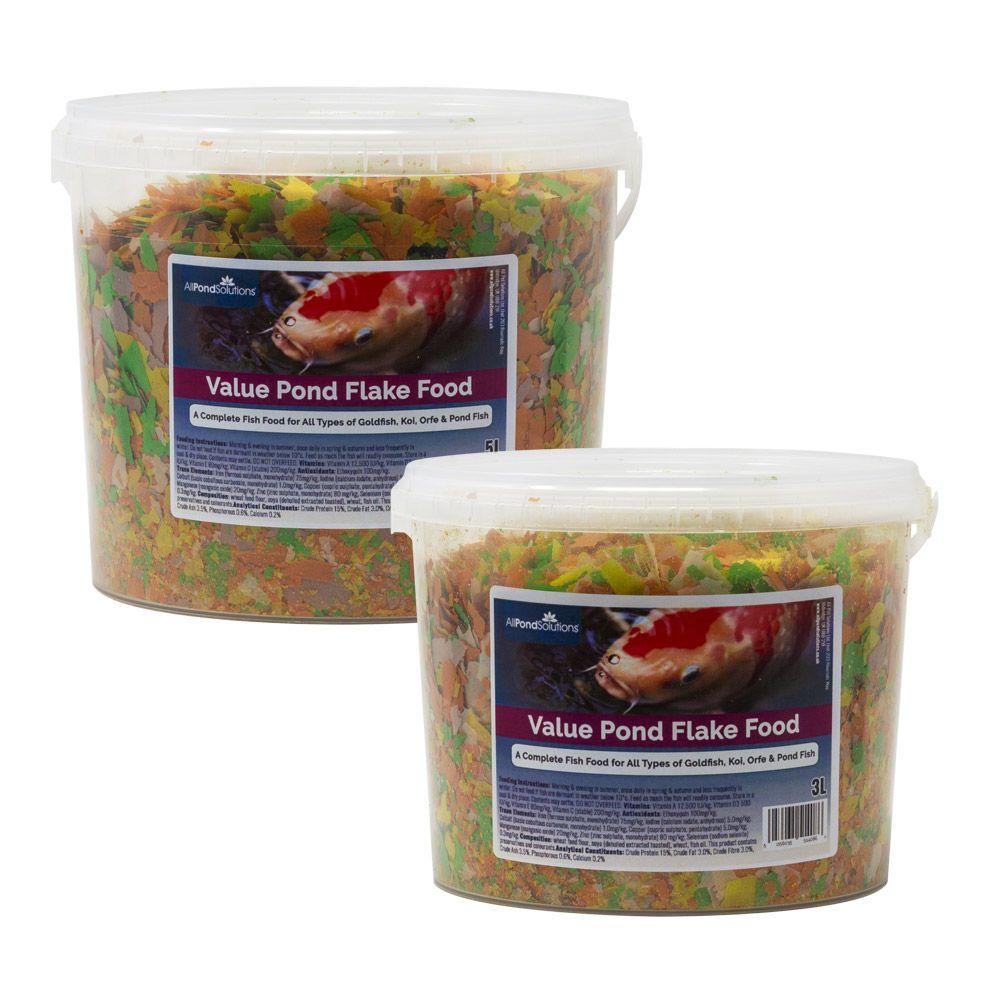Scientific Name: Neolamprologus brichardi
Please note – The image used above is for illustration purposes only; Size, colour and sex may vary. Many of our livestock species are sold as juveniles and have not yet reached their full size and colour potential. If you have any concerns about the size or colour of the livestock you wish to order, please contact our livestock team via our support centre before placing your order. Due to the large quantities of livestock orders daily, the livestock team will are unable to select fish / shrimp to meet specific gender or aesthetic needs.
Approximate purchase size : 4.5 - 6.5cm
All Pond Solutions will always endeavour to supply as close to the approximate size range as possible. Due to variations from suppliers on rare occasions this may not always be possible. Images used are to show the full potential of the fish when fully mature and are not always representative of juvenile specimens.
How easy are they to care for?
We would class these as an easy level of care.
How large can they grow?
9cm
Where in the world are they from?
Lake Tanganyika - Africa
What is the ideal number to keep together?
Can be kept in groups but become territorial when spawning. Males can be quite relentless when pursuing potential mates.
What water conditions do they require?
Malawi Cichlids prefer warmer, harder waters. Temperatures from 24-28 degrees Celsius and pH from 7.5 - 8.5. Higher pH levels will help promote their best colours.
What should you feed them?
A high vegetable diet is recommended, feed specialist african cichlid pellets to prevent diseases such as Malawi Bloat brought on by too much protein content in their diet.
How compatible are they with other fish?
Should only be kept with other African Cichlids and Catfish. Boisterous bordering on Aggressive when breeding.
Can they be bred in captivity?
Commonly bred in private aquaria. Flat stones and open areas of sand should be provided as spawning sites. Males will prepare the spawning site prior to breeding, at which point the female will approach and deposit her eggs ready to be fertilised by the male. Eggs will hatch after 2-3 days. It should be noted, if females are removed from the tank to care for fry they may loose their position within the colony and be subject to some pecking when reintroduced.
